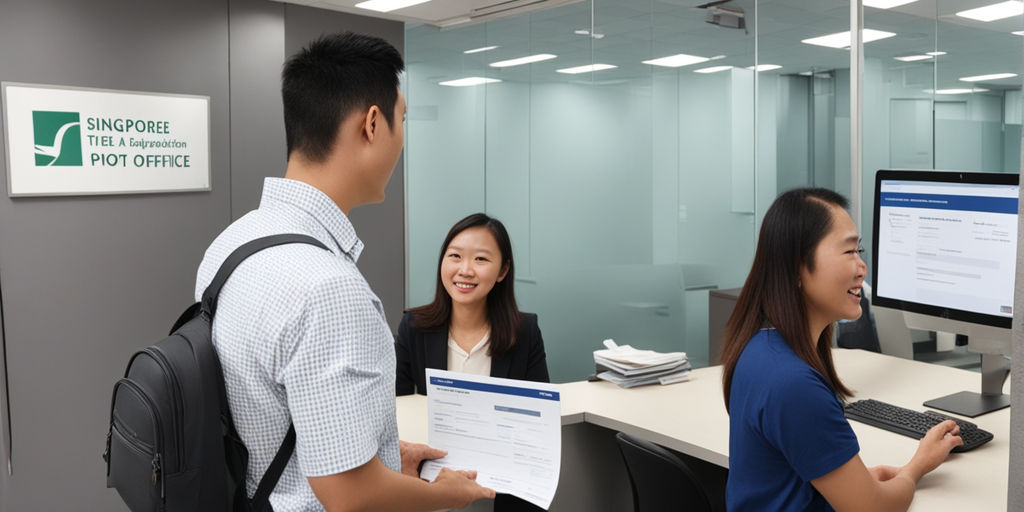
If you’re a first-time homebuyer in Singapore, purchasing a flat from the Housing and Development Board (HDB) is a popular and affordable option. However, like any property purchase, there are several factors to consider, including the HDB downpayment. Understanding the downpayment process and eligibility criteria is crucial to ensure you have the necessary funds to secure your dream home.
The HDB downpayment is a significant amount of money that you’ll need to pay upfront when purchasing an HDB flat. The amount varies depending on the type of flat you’re buying, the loan-to-value ratio, and your eligibility for housing grants. This guide will provide you with a comprehensive understanding of the HDB downpayment, including how to calculate it, the types of flats available, and the additional costs and fees to consider. By the end of this guide, you’ll be equipped with the knowledge and tools necessary to navigate the HDB downpayment process and make an informed decision about your home purchase.
Key Takeaways
- Understanding the HDB downpayment process and eligibility criteria is crucial for first-time homebuyers in Singapore.
- The downpayment amount varies depending on the type of flat, loan-to-value ratio, and eligibility for housing grants.
- Calculating the HDB downpayment, understanding the additional costs and fees, and financial planning are essential steps to ensure a successful home purchase.
Understanding HDB Downpayment
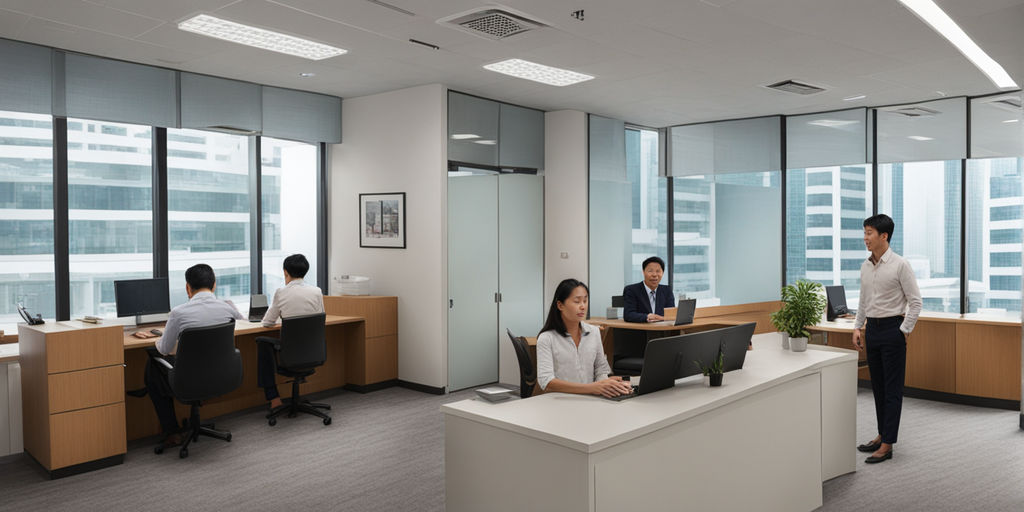
If you’re planning to buy a flat in Singapore, you’ll need to be aware of the HDB downpayment. This is a lump sum payment that you’ll need to make when purchasing an HDB flat. In this section, we’ll explain what the HDB downpayment is, and the differences between an HDB loan and a bank loan.
What Is HDB Downpayment?
The HDB downpayment is a lump sum payment that you’ll need to make when purchasing an HDB flat. The amount you’ll need to pay depends on the purchase price of the flat and the loan-to-value (LTV) limit. The LTV limit is the maximum amount of the flat’s purchase price that you can borrow from a financial institution.
For HDB loans, the LTV limit is 90% for first-time buyers and 75% for second-time buyers. This means that you’ll need to pay a downpayment of at least 10% of the flat’s purchase price if you’re a first-time buyer, and 25% if you’re a second-time buyer. On the other hand, if you’re taking a bank loan, the LTV limit is 75%, which means that you’ll need to pay a downpayment of at least 25% of the flat’s purchase price.
HDB Loan Versus Bank Loan
When it comes to financing your HDB flat, you have two options: an HDB loan or a bank loan. An HDB loan is a loan that is provided by the HDB, while a bank loan is a loan that is provided by a financial institution.
One of the main differences between an HDB loan and a bank loan is the downpayment. As mentioned earlier, if you take an HDB loan, you’ll need to pay a downpayment of at least 10% if you’re a first-time buyer and 25% if you’re a second-time buyer. If you take a bank loan, you’ll need to pay a downpayment of at least 25% of the flat’s purchase price.
Another difference between an HDB loan and a bank loan is the interest rate. HDB loans have a fixed interest rate, while bank loans have a floating interest rate. This means that the interest rate for an HDB loan will remain the same throughout the loan period, while the interest rate for a bank loan may fluctuate depending on market conditions.
In conclusion, understanding the HDB downpayment is important when it comes to purchasing an HDB flat in Singapore. You’ll need to be aware of the downpayment amount and the differences between an HDB loan and a bank loan before making a decision.
Eligibility Criteria for HDB Downpayment
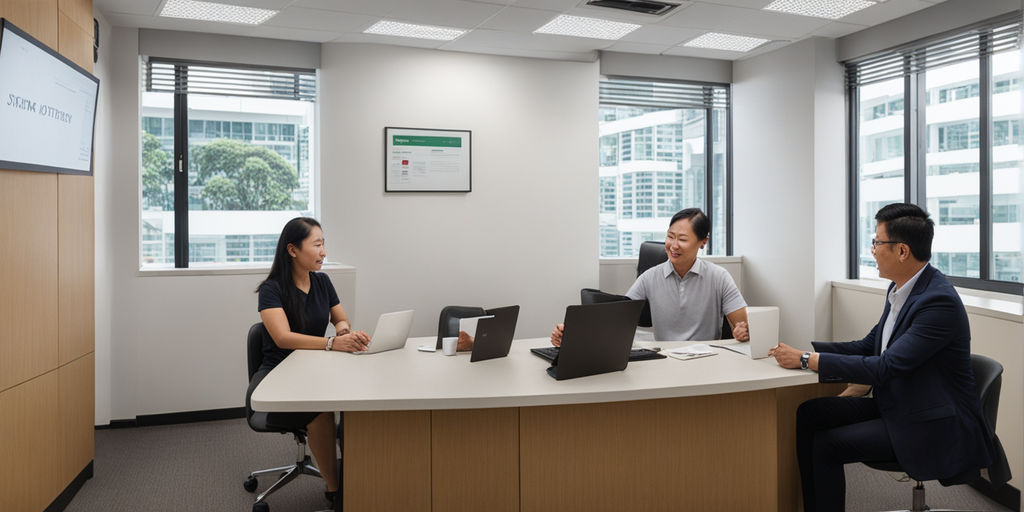
If you are planning to buy an HDB flat in Singapore, you will need to pay a downpayment. The amount of downpayment you need to pay depends on the type of flat you are buying and whether you are taking an HDB loan or a bank loan. In this section, we will discuss the eligibility criteria for HDB downpayment.
Eligibility for HDB Loan
To be eligible for an HDB loan, you must meet the following criteria:
- You must be a Singapore Citizen (SC) or a Singapore Permanent Resident (SPR).
- You must have a gross monthly income of not more than $14,000 for families or $7,000 for singles.
- You must not own or have disposed of any private property within 30 months before the date of application for an HDB loan.
- You must not have owned more than one HDB flat or received more than one HDB loan.
Eligibility for Bank Loan
If you are not eligible for an HDB loan, you can take a bank loan to finance your HDB flat. To be eligible for a bank loan, you must meet the following criteria:
- You must be a Singapore Citizen (SC) or a Singapore Permanent Resident (SPR).
- You must have a gross monthly income of not less than $24,000.
- You must not have any outstanding credit card debts or personal loans.
- You must not have any adverse credit records such as bankruptcy or court judgments.
In summary, to be eligible for HDB downpayment, you must first be eligible for an HDB loan or a bank loan. If you meet the eligibility criteria for an HDB loan, you can pay a lower downpayment. However, if you do not meet the eligibility criteria for an HDB loan, you can still take a bank loan to finance your HDB flat, but you will need to pay a higher downpayment.
Calculating Your HDB Downpayment
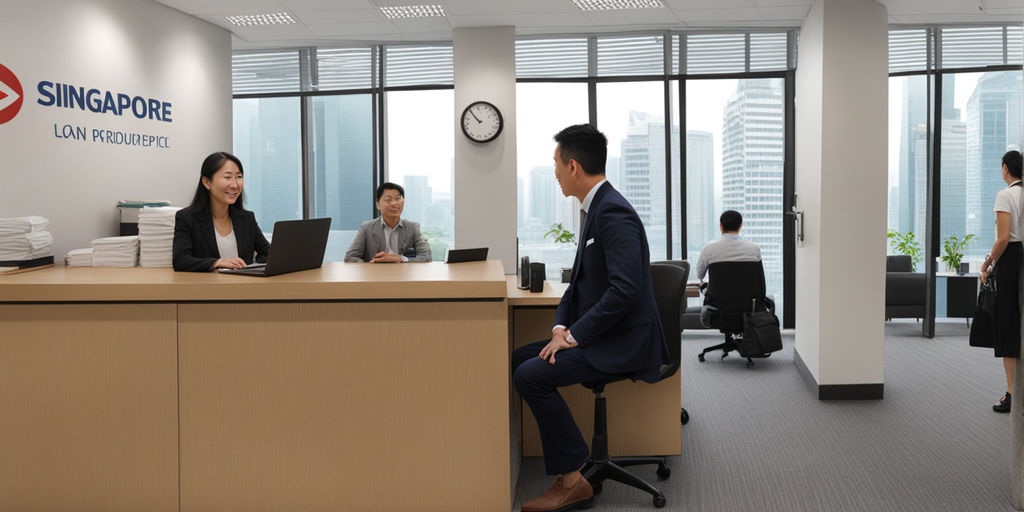
Excited to purchase your HDB flat in Singapore? One of the most important things you need to consider is the downpayment. The downpayment is a percentage of the purchase price that you must pay upfront. In this section, we will guide you on how to calculate your HDB downpayment.
Factors Affecting Downpayment Amount
The amount of downpayment you need to pay depends on several factors, including the purchase price of the HDB flat and the type of loan you are taking. The minimum downpayment you need to pay is 20% of the purchase price. However, the downpayment amount may vary depending on the loan-to-value (LTV) limit and specific loan terms.
Using CPF for Downpayment
You can use your CPF Ordinary Account (OA) funds to pay for the downpayment. The amount you can use depends on the value of your CPF OA. If you are taking an HDB loan, you can use up to 15% of the purchase price from your CPF OA. If you are taking a bank loan, you can use up to 20% of the purchase price from your CPF OA. You can also use a combination of cash and CPF OA funds to pay for the downpayment.
Cash Requirements
If you are taking a bank loan, you must pay a minimum of 5% of the purchase price in cash. This means that if you are purchasing an HDB flat that costs $400,000, you must pay at least $20,000 in cash. If you are taking an HDB loan, you can pay the downpayment entirely using your CPF OA funds.
In summary, calculating your HDB downpayment requires you to consider several factors such as the purchase price, type of loan, and the amount of CPF OA funds you have. Make sure you have enough cash on hand to cover the minimum cash requirement if you are taking a bank loan. With this guide, you should now have a better understanding of how to calculate your HDB downpayment.
Types of HDB Flats and Downpayment Differences
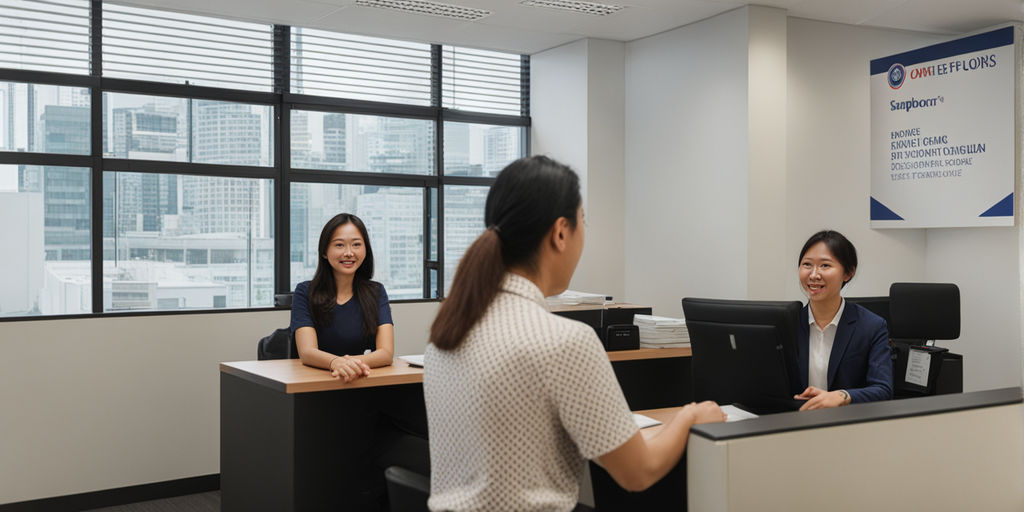
If you are planning to purchase an HDB flat in Singapore, you will need to pay a downpayment. The amount of downpayment you need to pay will depend on the type of HDB flat you are purchasing. In this section, we will discuss the different types of HDB flats and the downpayment differences between them.
BTO Flat Downpayment
If you are purchasing a Built-to-Order (BTO) flat from HDB, you will need to pay a downpayment of 10% of the purchase price using your CPF Ordinary Account (OA) savings or cash. The remaining 90% of the purchase price can be paid using your CPF OA savings, cash, or a HDB loan.
Resale Flat Downpayment
If you are purchasing a resale flat from the open market, you will need to pay a downpayment of 5% to 20% of the purchase price. The downpayment amount will depend on whether you are taking a HDB loan or a bank loan. If you are taking a HDB loan, you will need to pay a downpayment of 10% to 20% of the purchase price. If you are taking a bank loan, you will need to pay a downpayment of 5% to 20% of the purchase price.
Executive Condominium Downpayment
If you are purchasing an Executive Condominium (EC) from the developer, you will need to pay a downpayment of 5% to 15% of the purchase price using your CPF OA savings or cash. The remaining 85% to 95% of the purchase price can be paid using your CPF OA savings, cash, or a bank loan.
It is important to note that the downpayment amount and payment method may vary depending on the specific terms and conditions of the HDB loan or bank loan. Additionally, the Loan-To-Value (LTV) Ratio has been changed from 85% to 80%, for all flat applications received on or after 30 September 2022. Therefore, it is advisable to consult with a financial advisor or a mortgage specialist to determine the best financing option for your HDB flat purchase.
In summary, the downpayment amount and payment method for your HDB flat purchase will depend on the type of flat you are purchasing, whether you are taking a HDB loan or a bank loan, and the specific terms and conditions of the loan.
Additional Costs and Fees
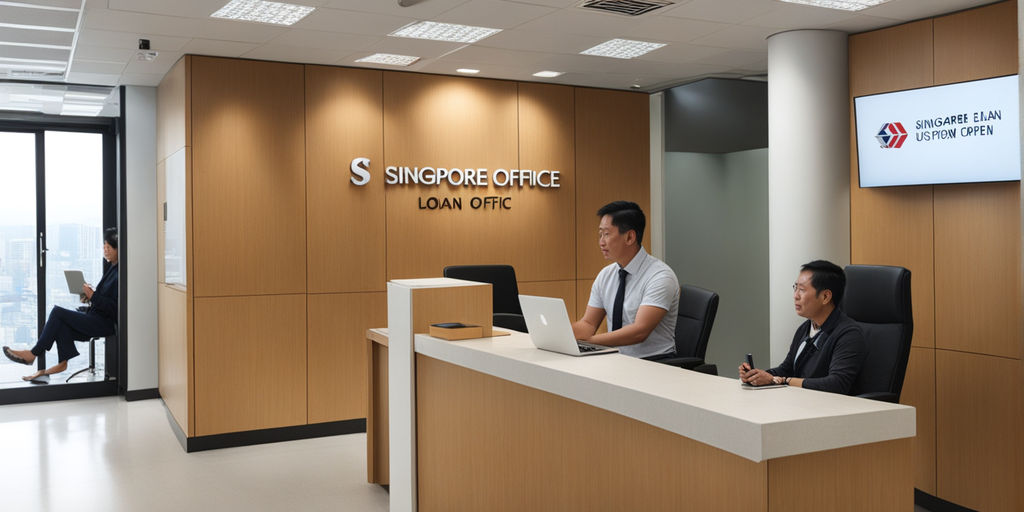
When buying an HDB flat, you need to be aware of the additional costs and fees that come with it. These costs can add up quickly, so it’s important to budget for them in advance.
Stamp Duty and Legal Fees
One of the main additional costs you’ll face when buying an HDB flat is stamp duty. This is a tax that you’ll need to pay when you purchase a property in Singapore. The amount of stamp duty you’ll need to pay depends on the purchase price of the property, and whether you’re a Singapore citizen, Permanent Resident, or foreigner.
In addition to stamp duty, you’ll also need to pay legal fees when buying an HDB flat. These fees cover the cost of engaging a lawyer to handle the conveyancing process and other legal matters related to the purchase. Legal fees can vary depending on the complexity of the transaction, but you can expect to pay around $2,000 to $3,000 for a typical HDB flat purchase.
Other Miscellaneous Costs
Apart from stamp duty and legal fees, there are other miscellaneous costs that you’ll need to budget for when buying an HDB flat. These costs can include:
- Valuation fees: This is the fee charged by a professional valuer to assess the value of the property. The fee can range from $150 to $500, depending on the size and location of the property.
- Home insurance: It’s highly recommended that you purchase home insurance to protect your property and its contents. The cost of home insurance can vary depending on the coverage you choose, but you can expect to pay around $200 to $300 per year.
- Renovation costs: If you’re planning to renovate your new HDB flat, you’ll need to budget for these costs separately. Renovation costs can vary widely depending on the scope of the work, but you can expect to pay around $20,000 to $30,000 for a typical HDB flat renovation.
Overall, it’s important to budget for these additional costs and fees when buying an HDB flat in Singapore. By doing so, you can avoid any unpleasant surprises and ensure that you’re able to afford your new home.
Financial Planning for HDB Downpayment
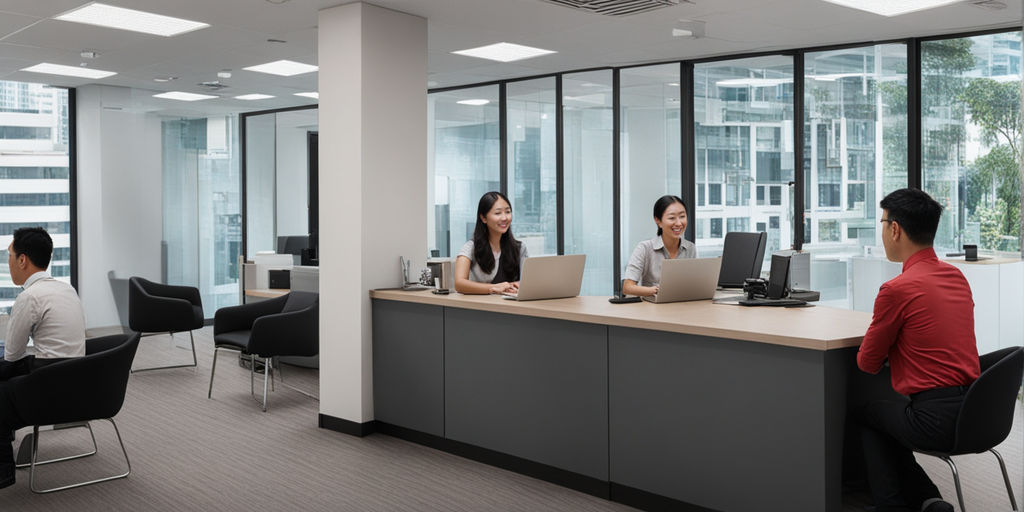
Planning for your HDB downpayment is crucial to ensure that you can afford your new home. In this section, we will discuss the key aspects of financial planning for your HDB downpayment.
Budgeting for Downpayment
The first step in financial planning for your HDB downpayment is to determine how much you need to save. The downpayment for an HDB flat can range from 10% to 20% of the purchase price, depending on the type of flat and the financing option you choose.
To calculate your downpayment, you can use the HDB Downpayment Calculator on their website. This will give you an estimate of the downpayment amount based on the purchase price of your flat and the financing option you choose.
Once you have determined the downpayment amount, you can create a budget to save for it. You can use a spreadsheet or a budgeting app to track your expenses and savings. Make sure to set aside a portion of your income each month towards your downpayment.
Mortgage Considerations
When planning for your HDB downpayment, it is important to consider the mortgage you will be taking. The mortgage tenure, monthly instalments, and interest rate will all affect your financial planning.
The mortgage tenure is the length of time you will be paying off your mortgage. The longer the tenure, the lower your monthly instalments will be, but the more interest you will pay over the long term.
The monthly instalments are the amount you will be paying each month towards your mortgage. Make sure to factor in this amount when creating your budget.
The interest rate is the rate at which you will be charged interest on your mortgage. The interest rate can vary depending on the financing option you choose and the current market conditions. Make sure to compare different financing options and interest rates to find the best option for your needs.
In conclusion, financial planning for your HDB downpayment is essential to ensure that you can afford your new home. By budgeting for your downpayment and considering your mortgage options, you can make a sound financial decision and enjoy your new home with peace of mind.
Schemes and Assistance Programmes
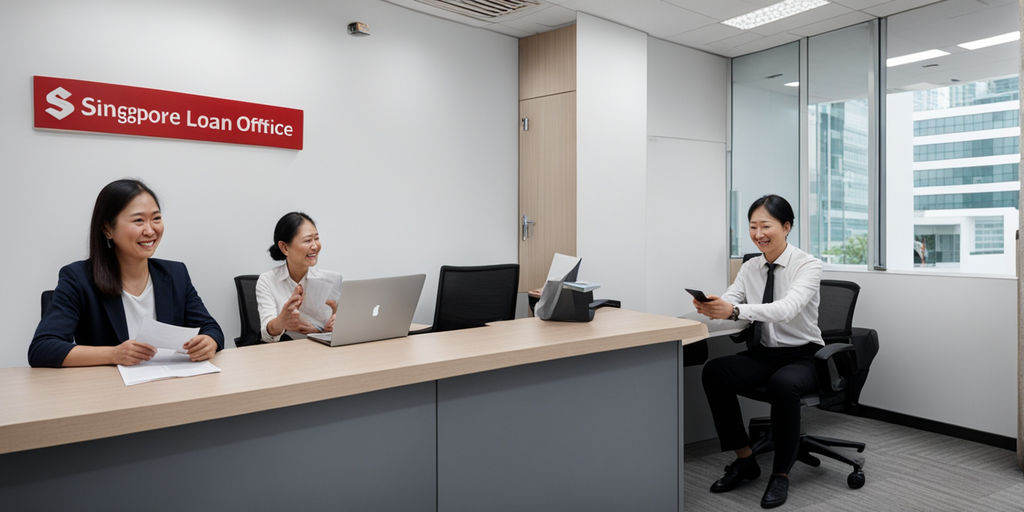
If you are struggling to come up with the full downpayment for your HDB flat, don’t worry! There are several schemes and assistance programmes available to help you out. Here are a few that you might find useful:
Staggered Downpayment Scheme
The HDB Staggered Downpayment Scheme allows you to pay your downpayment in two instalments, making it easier to manage your finances. The first payment is due during the Agreement for Lease signing, and the second payment is payable upon collecting your flat’s keys. This scheme is available for both Build-to-Order (BTO) flats and Resale flats.
Under this scheme, you will only need to pay 5% of the purchase price when you sign the lease agreement, instead of the usual 10%. The remaining 15% can be paid when you collect the keys to your new flat. This scheme is especially useful for those who are struggling to come up with the full downpayment amount at once.
Fiancé/Fiancée Scheme
If you are planning to get married soon and are looking to buy an HDB flat together, the Fiancé/Fiancée Scheme might be just what you need. This scheme allows you to apply for an HDB flat before you get married, as long as you are both Singapore citizens or Permanent Residents, and are both at least 21 years old.
Under this scheme, you can apply for a non-subsidised flat or a Build-to-Order (BTO) flat, and you will be eligible for the same housing grants and loans as married couples. Once you get married, you will need to produce your marriage certificate to complete the purchase of the flat.
Overall, these schemes and assistance programmes can be a great help if you are struggling to come up with the full downpayment for your HDB flat. Make sure to check with HDB for the latest updates and eligibility criteria for these schemes.
Navigating the HDB Downpayment Process
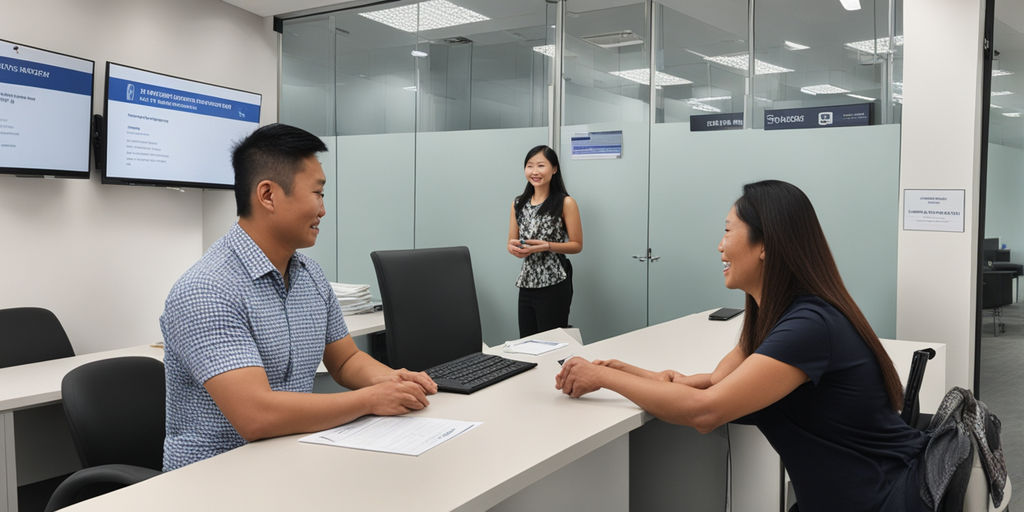
Are you planning to purchase an HDB flat in Singapore? If so, you’ll need to navigate the HDB downpayment process. This can be a daunting task, but don’t worry, we’ve got you covered. In this section, we’ll guide you through the steps to making your downpayment and the HDB and bank loan procedures.
Steps to Making Your Downpayment
Before you can make your downpayment, you’ll need to pay an option fee and sign an agreement for lease. The option fee is a sum of money that you pay to the seller to secure the flat. The agreement for lease is a legal document that sets out the terms and conditions of the lease between you and the HDB.
Once you’ve paid the option fee and signed the agreement for lease, you’ll need to apply for an HDB loan eligibility letter. This letter confirms that you’re eligible for an HDB loan and sets out the loan amount that you can borrow. You’ll need to provide supporting documents such as your income statements and credit report.
After you’ve received your HDB loan eligibility letter, you’ll need to pay your downpayment. The downpayment is a percentage of the purchase price of the flat. If you’re taking an HDB loan, the downpayment is 10% of the purchase price. If you’re taking a bank loan, the downpayment is 25% of the purchase price.
HDB and Bank Loan Procedures
If you’re taking an HDB loan, you’ll need to sign a letter of offer. This document sets out the terms and conditions of the loan, including the interest rate and repayment period. You’ll also need to provide additional supporting documents such as your income statements and CPF statements.
If you’re taking a bank loan, you’ll need to apply for a loan from a bank. The bank will assess your creditworthiness and determine the loan amount that you’re eligible for. You’ll need to provide supporting documents such as your income statements and credit report.
In conclusion, navigating the HDB downpayment process can be complicated, but by following these steps and procedures, you can make the process smoother and less stressful. Remember to pay your option fee, sign your agreement for lease, apply for your HDB loan eligibility letter, and make your downpayment. If you’re taking an HDB loan, sign your letter of offer, and if you’re taking a bank loan, apply for a loan from a bank.
Frequently Asked Questions
How can I calculate the exact downpayment needed for my HDB flat this year?
Calculating the exact downpayment for your HDB flat can be a bit tricky, as it depends on several factors such as the purchase price, loan amount, and whether you are taking an HDB loan or a bank loan. However, you can use online calculators or consult with a mortgage broker to get an estimate.
What are the latest updates on the Staggered Downpayment Scheme for aspiring homeowners?
The Staggered Downpayment Scheme is a popular option for aspiring homeowners who are unable to pay the full downpayment upfront. The scheme allows you to pay the downpayment in two instalments, with the first payment due at the signing of the Agreement for Lease and the second payment due 6 months later. As of 2023, the scheme is still available, and you can find more information on the HDB website.
At what point in the transaction do I need to pay the downpayment for a resale HDB flat?
For a resale HDB flat, you will need to pay the downpayment when you exercise the Option to Purchase (OTP). The downpayment is typically 10% of the purchase price, but it can vary depending on the type of loan you are taking and other factors.
Has there been any change to the downpayment percentage for HDB flats in the recent update?
There have been no recent changes to the downpayment percentage for HDB flats. If you are taking an HDB loan, the downpayment is 10% of the purchase price, while bank loans require a downpayment of at least 15% of the purchase price.
Can I utilise my CPF savings to cover the entire downpayment for my HDB purchase, and if not, what’s the limit?
You can use your CPF savings to pay for the downpayment, but there is a limit on how much you can use. For HDB loans, you can use up to 100% of your CPF Ordinary Account (OA) savings, while for bank loans, you can use up to 15% of the purchase price from your CPF OA savings and the rest from cash.
Could you explain the overall financial breakdown when acquiring an HDB flat?
When acquiring an HDB flat, you will need to consider several costs, including the downpayment, stamp duty, legal fees, and other miscellaneous fees. The downpayment is typically 10% of the purchase price for HDB loans, while bank loans require a downpayment of at least 15% of the purchase price. Stamp duty and legal fees can vary depending on the purchase price and other factors. You can use online calculators or consult with a mortgage broker to get an estimate of the total costs involved.

